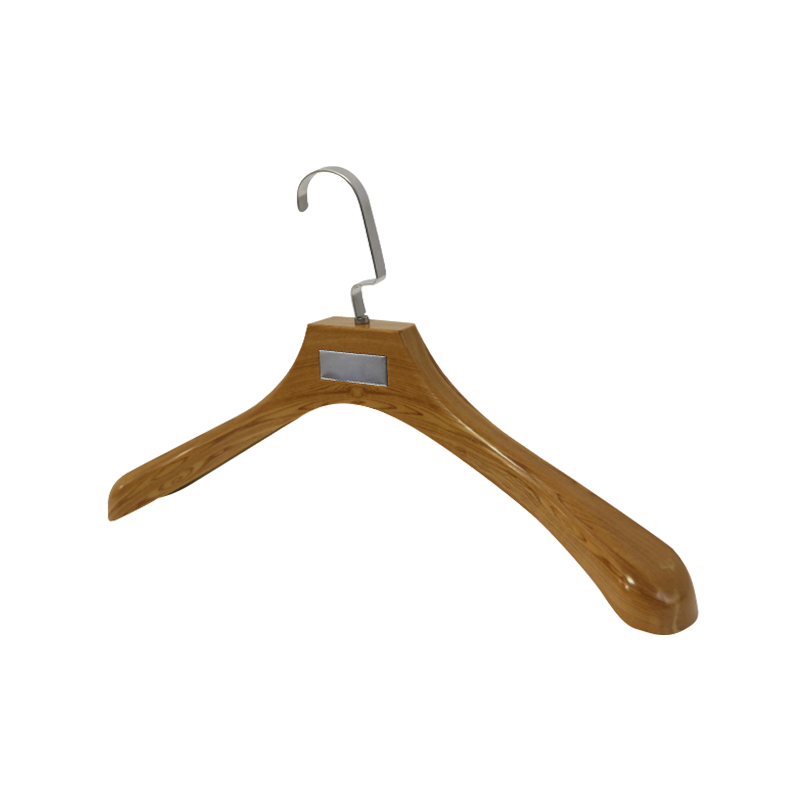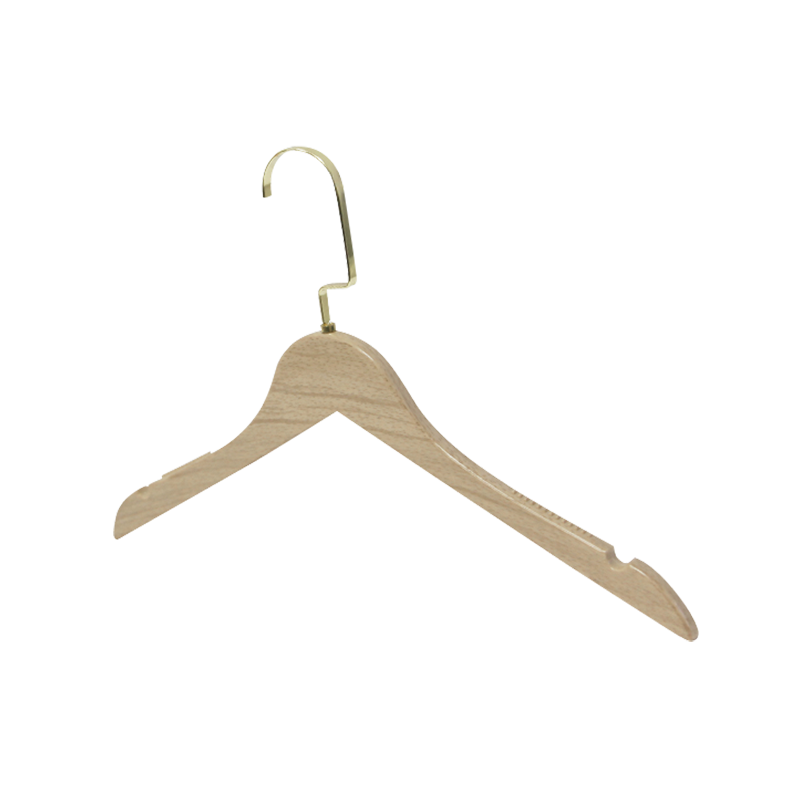A vertical garment steamer is an appliance that uses steam to remove wrinkles from clothing and other fabric-based items. The device heats water in a tank, turning it into steam, which is then directed through a nozzle to relax fabric fibers and remove creases. The steamer is typically used in an upright position, allowing the user to hang garments while steaming them. This makes it a more convenient and efficient option for quick touch-ups or large batches of clothes compared to traditional methods.
Materials Used in Vertical Garment Steamers
The materials chosen for making vertical garment steamers must be durable, heat-resistant, and safe for use with water and steam. Here are some of the key materials used in the construction of these devices:
1. Plastic
Plastic is a common material used in the construction of the outer body, water tank, and handle of vertical garment steamers. The plastic must be strong enough to withstand heat and steam while being lightweight for easy handling.
Types of Plastic Used:
ABS (Acrylonitrile Butadiene Styrene): ABS is a durable and heat-resistant plastic often used for the outer body of the steamer. It provides a sturdy structure while remaining lightweight and cost-effective.
Polycarbonate: Polycarbonate is another plastic that offers greater heat resistance and impact strength than ABS. It is often used in parts that are exposed to more direct heat, such as the steam nozzle.
Plastic is favored because of its moldability, meaning it can be easily shaped into the complex designs required for modern steamers. It also helps reduce the weight of the appliance, making it more user-friendly.
2. Stainless Steel
Stainless steel is commonly used in components that come into contact with water or steam, such as the steam nozzle, steam pipes, and internal water reservoir. Stainless steel is chosen for its strength, resistance to corrosion, and ability to withstand high temperatures. It is a durable material that ensures the longevity of the steamer, even under frequent use.
Benefits of Stainless Steel:
Corrosion Resistance: Stainless steel does not rust or corrode easily, even when exposed to water vapor and heat.
Strength and Durability: The material is resistant to dents, scratches, and wear over time, ensuring that the internal components of the steamer continue to perform well throughout their lifespan.
Stainless steel also helps distribute steam evenly through the nozzle, ensuring consistent wrinkle removal.
3. Aluminum
Aluminum is sometimes used in parts of the steamer that require lightweight properties combined with heat resistance, such as the steam pipes or brackets. It is often chosen for its ability to resist corrosion and its efficient heat transfer properties.
Benefits of Aluminum:
Lightweight: Aluminum is lighter than many other metals, making the steamer more manageable for the user.
Heat Conductivity: Aluminum heats up quickly and evenly, ensuring that steam is generated efficiently and reaches the fabric without delay.
Aluminum is also affordable, making it a cost-effective material for components that require both performance and reduced weight.
4. Rubber and Silicone
Rubber or silicone materials are used for seals, gaskets, and non-slip grips on the handle of the steamer. These materials are essential for ensuring a tight seal to prevent water leakage and for providing a comfortable and secure grip for the user.
Benefits of Rubber and Silicone:
Leak-Proof Seals: Rubber and silicone are flexible and provide a watertight seal, preventing steam and water from leaking out of the steamer’s reservoir or pipes.
Comfortable Handling: These materials offer a soft, ergonomic grip on the handle, allowing users to operate the steamer for extended periods without discomfort.
Heat Resistance: Both rubber and silicone are heat-resistant, ensuring that they won’t degrade or melt under the influence of the high temperatures generated by the steamer.



 Language
Language  English
English 中文简体
中文简体 Español
Español русский
русский








